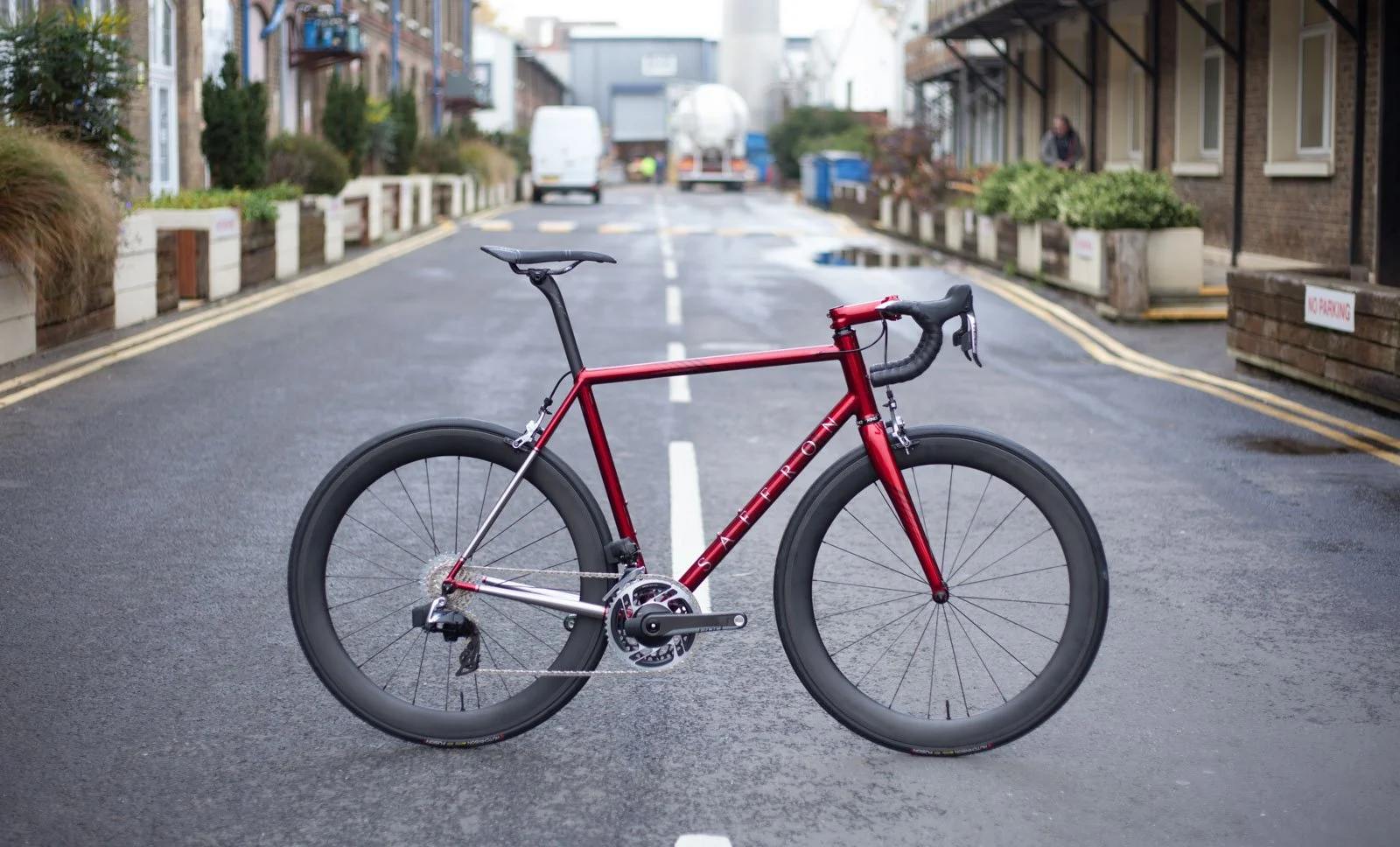Why Steel is Real
Steel is a material that has stood the test of time in the world of cycling. As one of the first materials used to make framesets over a century ago, it is still commonly used in frameset construction today. Though the material properties and tubing design has improved greatly since the early days of cycling, the general building techniques have remained the same since the beginning. While aluminum and carbon fiber framesets offer a more modern option, steel is still a top choice for both budget and high end bikes alike. Steel offers great benefits over other materials, and depending on what you’re looking for in a bike may be the right choice for you.
One of steel’s greatest assets is its strength. While other materials such as carbon are designed to have strong tensile strength in certain directions, steel is much stronger overall. It has the ability to hold a lot more weight than other frame materials, and isn’t as brittle as carbon or aluminum. Steel is much harder to crack under impact, and will have a bit more flex to absorb shock before taking damage. This makes it an excellent material for action sports like BMX, as well as riding styles that require strength under load like touring.
Along with strength, steel is also highly durable. Carbon and aluminum are strong materials overall, but are easy to damage in small surface area impacts. Steel can take harder small surface impacts from things like rocks and branches without cracking. Also, if carbon or aluminum is cracked or dented, the structural integrity of the entire frameset is compromised and unsafe to ride, as cracks can lead to catastrophic frame failure without warning. Although it's not ideal, steel is still safe to ride after receiving small dents from impact, as the tubing is still able to maintain overall strength as long as the dents are not too large.
If you do happen to damage your steel frame, no need to worry! Unlike other frame materials, steel frames are easily repairable. When a tube is heavily dented, it can be removed and replaced by most notable frame builders. If you get in an accident and bend the frame out of alignment, you can get the frame straightened and realigned often without even replacing tubes. If you want to convert it to belt drive, or want the easy packability of couplers, steel frames can be easily modified or updated to be compatible with new component setups, meaning a steel frame can morph and change with you over time. This makes steel frames a great option for those looking for a trusted companion they can depend on for decades to come.
Since steel offers strength along with flexibility, it's extremely comfortable as well. Steel frames will soak up bumps and rough roads much better than other metals like aluminum, yet still provide enough stiffness to provide amazing pedal responsiveness. This makes it an excellent material for touring and commuter bikes. Long days in the saddle are smoother and not as fatiguing as with alloy or carbon bikes, a must for cross country tours and daily commutes alike. This inherent flexibility also provides a smoother ride when weighed down with cargo; items loaded on the bike won’t be jostled around by every small bump in the road like on an aluminum frame, another reason to go with steel for a touring bike.
Though it has been around in one form or another nearly since the beginning of cycling, steel is still a very popular material choice for all different types of bicycle frames. Its relatively inexpensive and its properties make it an extremely versatile material for a wide variety of uses. Whether you’re a road cycling purest looking for an elegant and timeless road bike, a commuter looking for a durable year-round companion, or a cross-country tourer in search of a machine to rack up miles on, consider a steel frame for your next bicycle.
